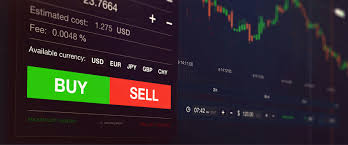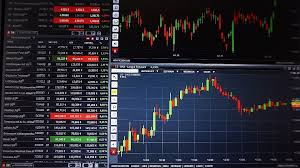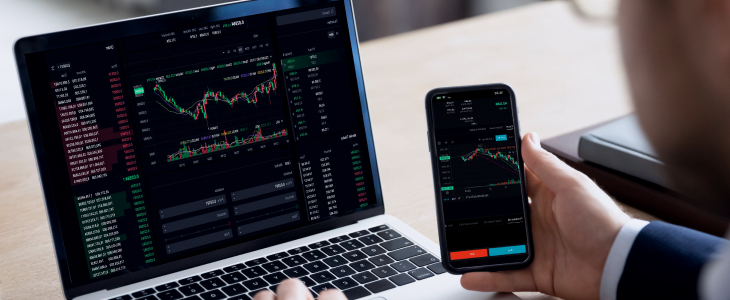
Comprehensive Guide to Forex Trading Strategies
Forex trading is a global market where currencies are bought and sold. To succeed in Forex trading, understanding and implementing effective trading strategies is crucial. This article will cover various Forex trading strategies, including detailed explanations and resources such as Forex trading strategies PDF documents that can help traders enhance their knowledge and skills. Additionally, you may find useful resources on forex trading strategies pdf Trading Brokers in Morocco, which can be beneficial for those looking to trade in specific regions.
Understanding Forex Trading
The Foreign Exchange Market, commonly known as Forex, is the largest and most liquid financial market in the world. It operates 24 hours a day, five days a week, allowing traders to engage in transactions involving various currency pairs. Unlike stock markets, which have set trading hours, Forex trading is continuous and provides ample opportunities for traders around the world.
Significance of Trading Strategies
Trading strategies are essential tools for Forex traders. They help in making informed decisions regarding when to enter or exit trading positions. The most successful traders rely on established strategies to increase their chances of profitability, manage risks, and maintain a disciplined approach to trading.
Types of Forex Trading Strategies
There are numerous trading strategies available, and selecting the right one depends on various factors, including a trader’s goals, risk tolerance, and market conditions. Here are some popular Forex trading strategies:

1. Day Trading
Day trading involves making multiple trades within a single day, with the goal of profiting from small price movements. Traders who adopt this strategy do not hold positions overnight and often use technical analysis to make quick decisions. Tools such as charts, indicators, and economic news are essential components of day trading.
2. Swing Trading
Swing trading focuses on capturing price swings in the market over several days or weeks. This strategy is suitable for traders who do not have the time to monitor the market constantly. Swing traders use various indicators to identify potential entry and exit points based on market trends and reversals.
3. Scalping
Scalping is a short-term trading strategy that aims to make small profits from tiny price changes over very short periods. Scalpers typically make numerous trades throughout the day and rely on high leverage and quick execution to maximize gains. Due to the fast-paced nature of this strategy, it is best suited for experienced traders.
4. Position Trading
Position trading is a long-term strategy where traders hold positions for an extended period, ranging from weeks to months or even years. This approach is based on fundamental analysis and macroeconomic trends. Position traders aim to capitalize on long-term movements in currency pairs while minimizing risks associated with short-term volatility.

Developing a Trading Strategy
Creating a trading strategy requires careful planning and analysis. Here are some steps to consider when developing a successful Forex trading strategy:
- Define Your Goals: Determine what you want to achieve through trading, whether it’s generating income or building wealth over time.
- Assess Your Risk Tolerance: Understand how much risk you are willing to take, which will help guide your trading decisions.
- Choose a Trading Style: Select a trading style that suits your personality and lifestyle, considering factors such as time availability and patience.
- Incorporate Risk Management: Implement risk management techniques, such as stop-loss orders and proper position sizing, to protect your capital.
- Test Your Strategy: Use a demo account to test your strategy under real market conditions before committing real funds.
Utilizing Trading Resources
Numerous resources are available to help traders improve their skills. Forex trading strategies PDFs can serve as valuable educational materials, providing insights into various strategies, techniques, and market analysis. These documents can be found on financial websites, trading forums, and broker platforms.
Additionally, attending webinars, taking online courses, and following experienced traders can further enhance your trading knowledge and strategy comprehension. Many brokers also offer free resources and tools to assist their clients in developing robust trading strategies.
Conclusion
In the competitive world of Forex trading, adopting effective trading strategies is crucial for success. Whether you prefer day trading, swing trading, scalping, or position trading, understanding the fundamentals and continuously improving your strategies will ultimately lead to better trading outcomes. Take advantage of available resources, such as Forex trading strategies PDFs, to further your education and refine your approach. Keep in mind that trading involves risks, and it’s essential to remain disciplined and patient as you navigate the Forex market.



